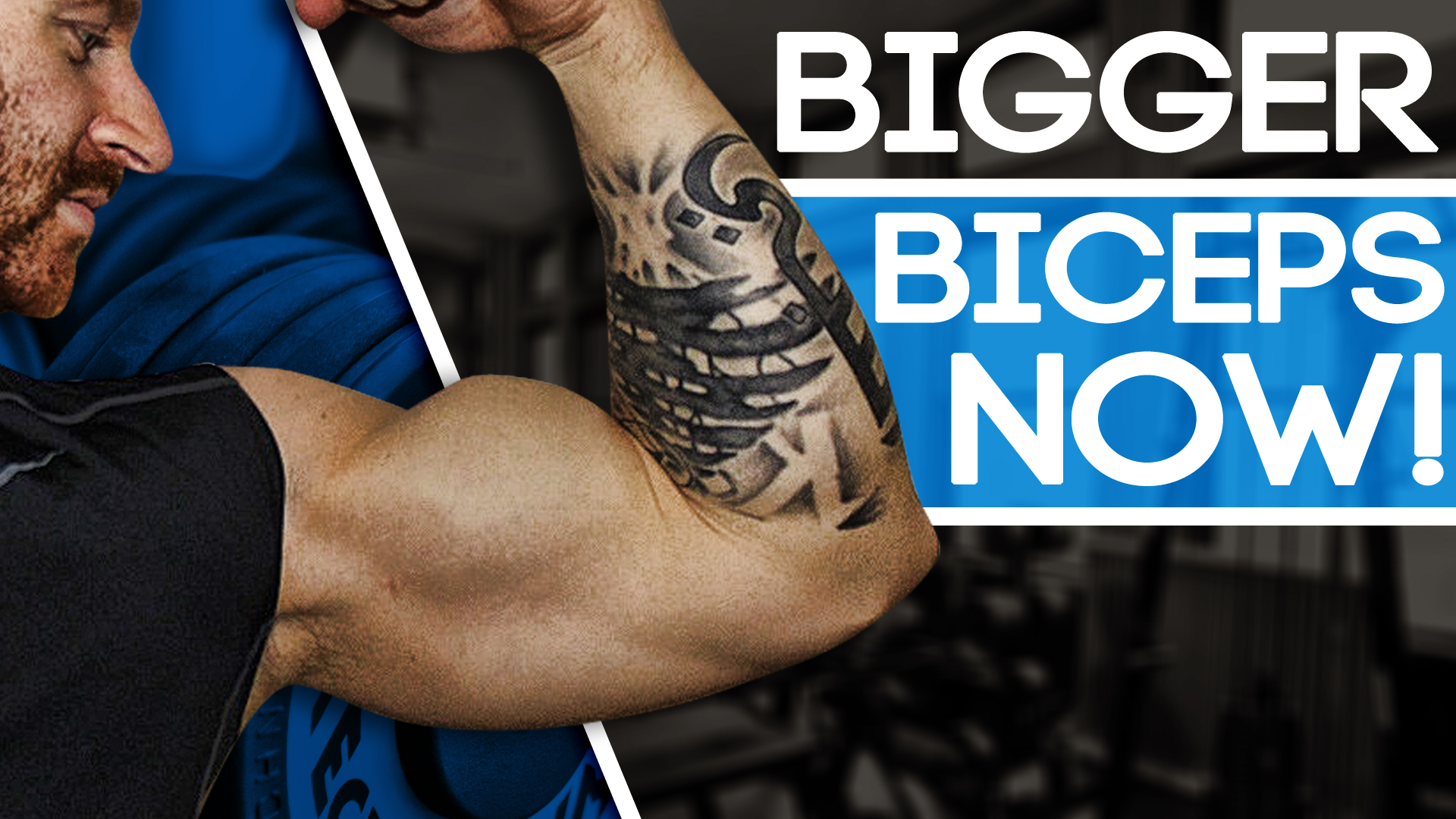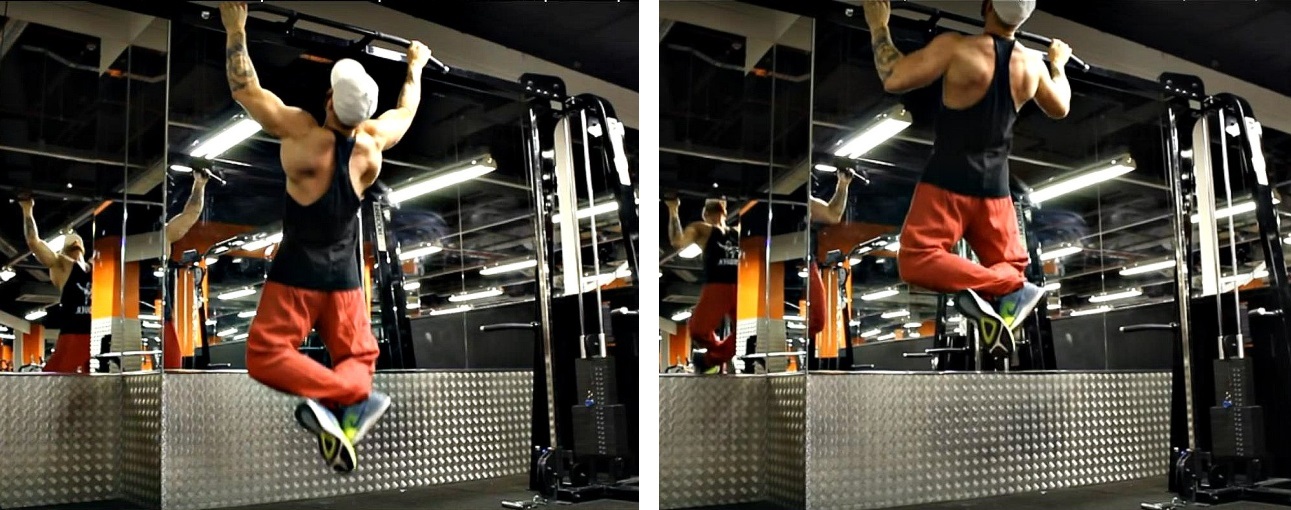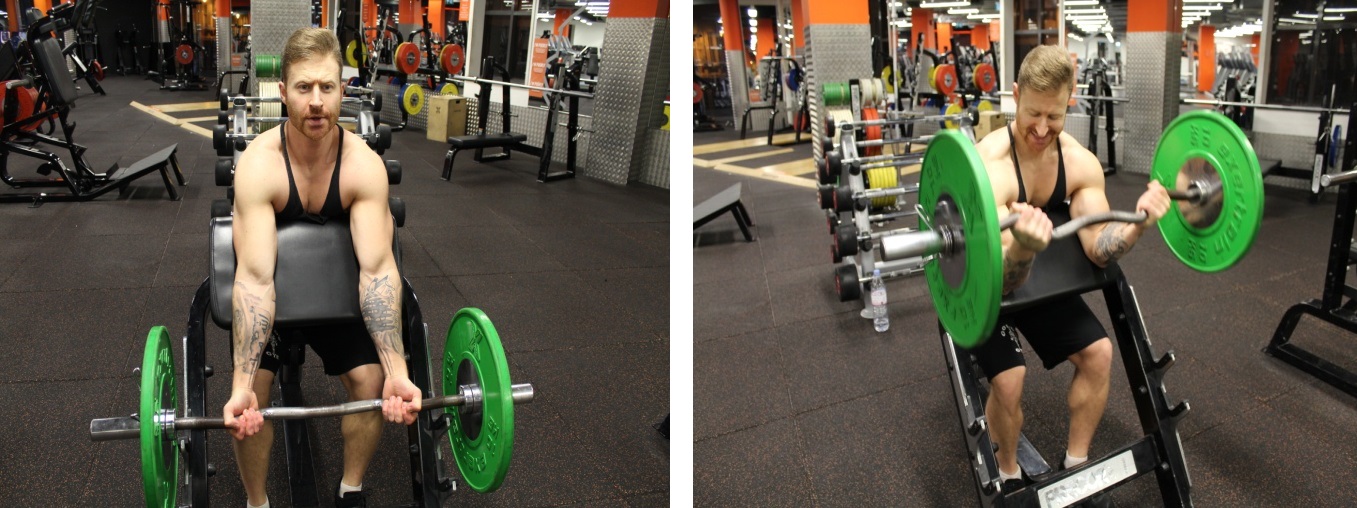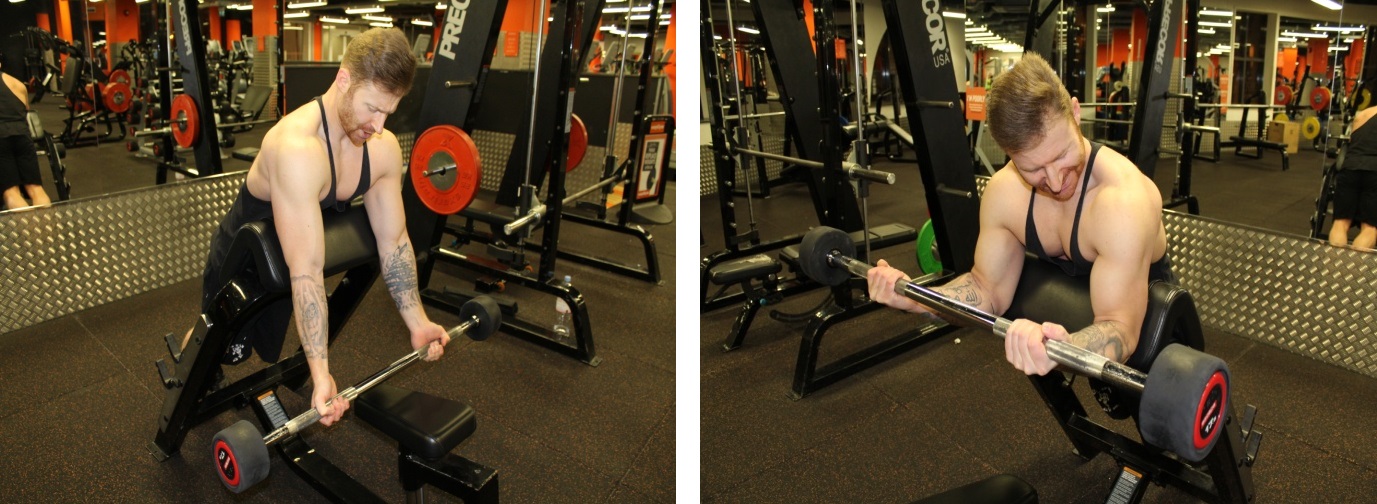How To Develop BIGGER BICEPS!
Time To Get The Guns Out!
For years I have tried and practised many bicep exercises and while I lack in mass, in my opinion, I feel that I make up for that in definition. Most guys want big biceps, but this is ironic as the bicep is often found to be on the smaller side of muscle groups for most people. I personally would prefer to have a bicep that peaks really high, rather than one that bulges and looks too big in comparison to the rest of my arm. So let’s get right to it! How do you develop your biceps?

What You Must Overcome
You must overcome three problems in order to develop biceps. After studying these obstacles both in theory and in practice, I will explain how to overcome them. Having small biceps has to be the most common frustration for people trying to build muscle. Even though you can never have big enough biceps, some people find it a real challenge to increase the size of their arms.
For example, if we look at someone with large shoulder muscles, it may seem that the rest of their arms appear smaller in comparison. However, I feel there are methods often overlooked that can help you develop your biceps faster. Let’s look at them one by one.
1. Short Biceps
Some people will genetically suffer from small biceps. This is where the bicep muscle stops high above the forearm, and this is often the reason for poor or weak muscle development. On the other hand, some people with very long biceps, which come further down towards their forearms, have an easier time building the muscle. The only advantage of short biceps is that they have a better peak (the top of your biceps when flexed). Long biceps tend to have less of a peak.
Sorry to say, but you cannot lengthen your biceps. However, you can compensate for this absence in length by making your forearm climb towards your biceps. This can be done by developing the brachioradialis (the muscle that joins the bicep and the forearm). As a result from developing this area, the separation between the bicep and forearm will be more defined, and in my opinion, will look better when flexed. One exercise that can address this is overhand pull ups.
Solution: Overhand Pull Ups
Grab the pull-up bar with your palms facing forward, while using a wide grip that’s slightly wider than shoulder width apart. With both arms extended in front of you holding the bar, bring your torso back around 30 degrees, creating a slight curvature on your lower back and sticking your chest out. This is your starting position.
Pull your torso up until the bar touches the top of your chest by drawing the shoulders and the upper arms down and back. Exhale as you perform this portion of the movement before returning to the starting position and repeat.
2. Imbalance Between The Long & Short Heads
Often you'll find that the long and short heads are not of equal proportion. You may notice this imbalance in symmetry when you contract both your biceps.
- If you’re looking from the front, a lack of curve and a small peak means that the short head is deficient.
- If you’re looking from the back, a lack of curve means the long head is lacking.
To resolve this problem, you must focus on isolating the head that is deficient or lacking.
Solution: Short Head Exercises
A. Preacher Curls
Grasp a barbell or EZ-Curl Bar using a wide grip (shoulder width apart) and ensure your palms are facing upward. Position yourself on a preacher curl bench. Place your elbows on the bench, and extend your arms fully, ensuring your upper arms remain in firm contact with the bench. Curl the barbell up and tense your biceps at the top of the movement. Return to your starting position.

B. Spider Curls
Use the preacher bench once more, but turn it around so the 45-degree slope faces you. Raise the pad just enough so that when you lean over it, the bar doesn't hit the supports when your arms are hanging straight down. Proceed to follow the same technique as the preacher curl.

Solution: Long Head Exercises
A. Alternating Incline Dumbbell Curls
Set an incline bench to approximately 45 degrees. Grasp a pair of dumbbells, and sit back on the bench with your arms down by your side and your palms facing inward. Curl the left-hand dumbbell up while rotating your wrist so that at the top of the movement your palm is facing you. Lower your arm to your starting position, and repeat the movement with the right-hand dumbbell.

B. Bicep Drag Curl
Start by holding the bar with a slightly narrower grip, so that your arms are hanging down straight, with your little fingers brushing your outer thighs. Then, drag the bar up along your torso while your elbows move toward the rear. The finish position is when the bar reaches your chest.

3. Small Brachialis
Often the brachialis is underdeveloped. This doesn't mean you can't add mass to this area though. The brachialis muscle should be of utmost importance to you, because...
- If one arm is bigger than the other (often a common occurrence), the size difference tends to be uneven because the brachialis is more developed in one arm than the other.
- Genetics are a major influence in determining the form of the biceps. For example, a large brachialis can improve the peak by pushing the biceps up.
The problem with the brachialis is not that it develops poorly, rather that it suffers from weak motor unit recruitment. Many people do exercises that are supposed to work the brachialis without the muscle actually working. You must teach the brachialis to contract by doing specific work on motor learning. One suggested exercise to address this is Rope Cable Hammer Curls.
Solution: Rope Cable Hammer Curls
Grasp the rope with a neutral grip, with your palms facing inwards. Stand up straight, maintaining the natural arch of the back, while keeping your torso stationary. Put your elbows in by your side and keep them there during the entire movement. Using your biceps, pull your arms up as you exhale until your biceps touch your forearms. Squeeze your biceps at the top of the movement, before slowly bringing the weight back to the original position. Once you have returned to the starting position, simply repeat the motion.*
*NOTE: Only the forearms should move, not your upper arms.
Conclusion
To conclude, biceps (to me at least) are always going be the most popular muscle that guys want to build when they first start working out. Building biceps may come easy for some people, and harder for others. This is often down to genetics, however, that doesn't mean you hard gainers out there can't overcome the obstacles sited above.
I wasn't gifted with long levers and the genetics to build big guns that you may see on some WWE wrestlers, but I still feel the definition I have built overtime creates the illusion from some angles that my arms are bigger than they actually are. At the end of the day, I place quality over quantity and definition over mass when it comes to developing your biceps, and I believe you should as well.









